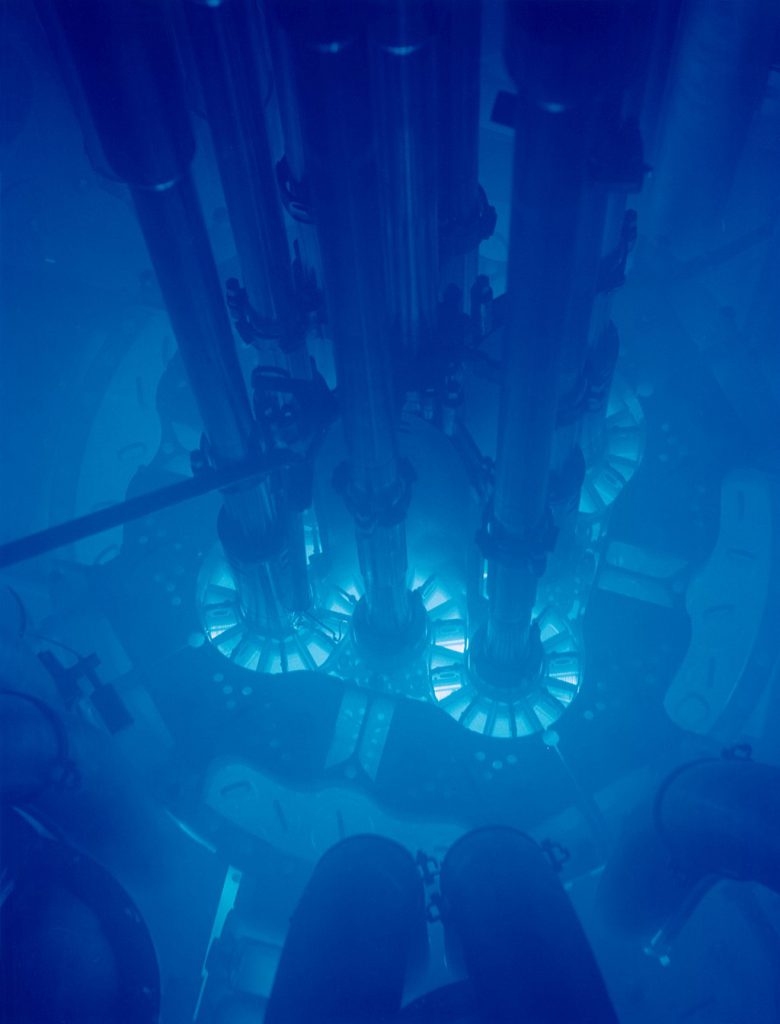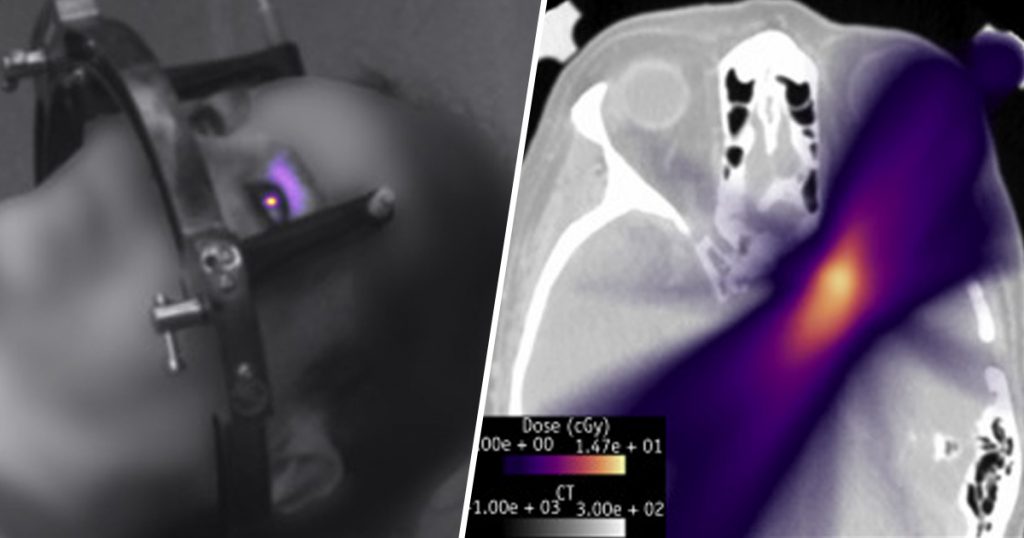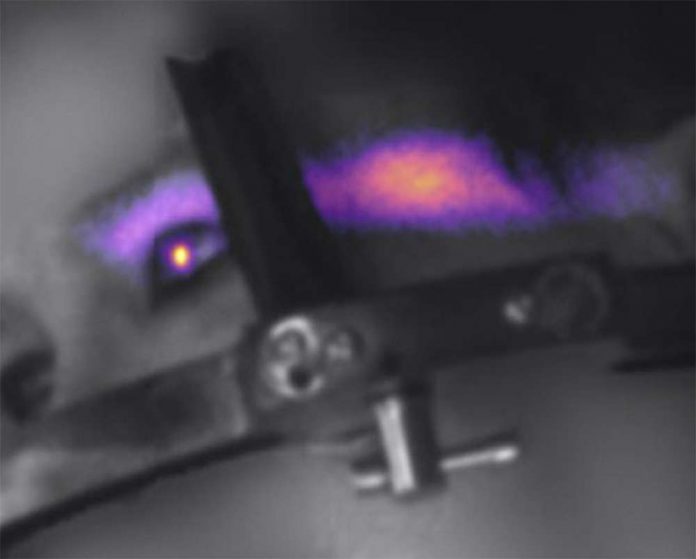2019 saw a rise in people visiting the Chernobyl nuclear power plant in Russia, partly due to the Netflix mini-series, Chernobyl. Based on the Chernobyl nuclear disaster of 1986, the series recounts the events that led up to the disaster as well as what followed. At one instance the roof of one of the reactors is shown to be covered with graphite and an eerie blue glow indicating the core is damaged. This blue light is called the Cherenkov Light.

Over the years there have been multiple reports of patients undergoing radiotherapy complaining of seeing flashes of light and rays of blue light, even while their eyes are closed. Multiple theories suggested that this could be due to stimulation of the retinal pigments inside patients’ eyes during the therapy, nerve stimulation or Cherenkov light being produced inside the patient’s eyeball.
What is Cherenkov Light?
Cherenkov light is the phenomenon that causes the nuclear reactors to glow blue when they’re underwater. It is the effect produced when a charged particle, e.g. an electron, travels through a medium with a speed greater than that at which light propagates in the same medium. When this happens, the particle emits bluish Cherenkov Light.
For the first time a team of researchers at Dartmouth’s and Dartmouth-Hitchcock’s Norris Cotton Cancer Center led by radiation oncologist Lesley Jarvis, MD, Ph.D. and Irwin Tendler, managed to capture this Cherenkov light using a special camera imaging system called Cdose. Cdose, which is designed to capture light emissions during radiotherapy, enabled the researchers to see light coming from the eye – something that’s usually very hard to detect. Thus, confirming the phenomenon to be Cherenkov light.

According to Irwin Tendler, the biomedical engineer who co-led the research, as the radiation beam passes through the eye, light is generated within the vitreous fluid. This is the first instance of evidence supporting the theory that enough light is produced inside the eye to cause a visual sensation. The research also helps to reassure patients who complained of seeing flashes of light in their eyes during therapy.
The team of researchers hopes that the imaging system used for the research can be used to help improve radiotherapy. Monitoring of light emissions from the patients’ eyes can also help show doctors whether the radiation has hit the target or not.
The next step in medical research is to establish whether there’s a link between ocular Cherenkov light and long-term visual effects.
References:
Experimentally Observed Cherenkov Light Generation in the Eye During Radiation TherapyTendler, Irwin I. et al.International Journal of Radiation Oncology • Biology • Physics, Volume 106, Issue 2, 422 – 429




